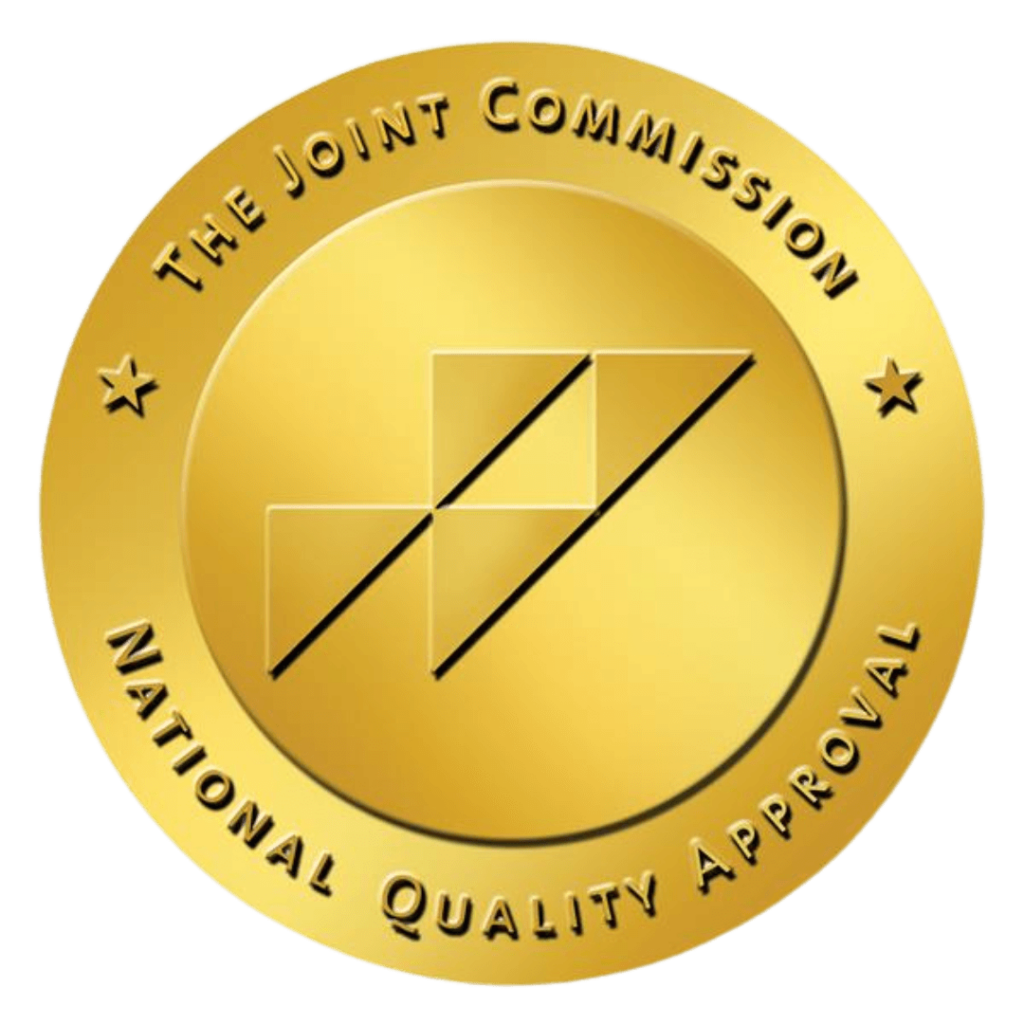
Alcohol, usually found in beers, wine, and spirits, is a recreational substance which causes addiction and drunkenness. With its wide accessibility through beverages, alcohol is consumed and enjoyed by most Americans, including those who are below the age of legality in most states.
Dangers of underage drinking are often undermined by teenagers. Unaware of the threats that alcohol poses, they are much susceptible to drinking problems. Although alcoholism can be prevalent at any age bracket, underage drinking causes problems to various teenage aspects, such as school and social life. Harmless as it may seem, early consumption of alcohol creates a culture among the youth that has severe repercussions to individual health and even to the sober community.
Reasons For Alcohol Use
Aside from the image and perception of alcohol among the youth, certain situations give them the motivation and opportunity to consume alcohol. Without taking into consideration possible negative outcomes, teenagers tend to explore heedlessly and be easily swayed by people around them. Some reasons include:
- Easy access to alcohol
- Conformity or succumbing to peer pressure
- Perception that alcohol reduces stress and makes one feel good
- Curiosity by observing other people
- Establishing identity and challenging familial authority
Widespread Underage Drinking
Underage drinking is the consumption of alcoholic beverages or booze by individuals who are below the age of 21. Although it is illegal, a widespread culture of alcohol consumption has been dominant in the recent years.
- Based on recent statistics, 11% of all alcohol consumed in the United States is drank by people aged 12 to 20.
- According to the Substance Abuse and Mental Health Services Administration, around 60% of teens have consumed an alcoholic drink by the age of 18.
- In a survey done in 2015, roughly 7.7 million underaged citizens have reported that they drank excessively prior to the month of the survey.
As underaged drinking is a violation to the law, risks of underage drinking include legal repercussions, such as community service, fines, and jail time.
Alcohol consumption of teenagers usually takes place without adult supervision and outside family premises. Coming in the form of house parties, drinking sessions can lead to drunk driving, which can then turn to revocation of license and fatal road accidents.
Binge drinking, the excessive consumption of alcohol in a single session, is a common habit observed in these moments. Aside from heavy intoxication, this can lead to bodily impairments, and alcohol poisoning in worse cases. As alcohol poisoning potentially leads to death, it occurs through changes in breathing, heart rate, and body temperature of an individual.
These consequences, however, are just the immediate effects of underage drinking. The teenage drinking culture, through friend groups, shapes habits and beliefs towards alcohol consumption. Long term impacts dealt by drinking patterns remain hidden, and are unknown to the concerning teenagers.
Alarming Signs of Underage Drinking
Though the act of drinking and the appearance of health concerns may appear subtle, there are still recognizable signs that can denote a drinking habit of an adolescent. Most of the time, family members are the first ones to become aware of these. When observed, signs of underage drinking should be treated immediately. Here are some signs of underage drinking.
- Problems at School. Academics are usually the first aspect to be evidently affected in a young person’s life. Performance in school and grades decline as alcoholism continues to influence. School-related habits such as skipping class and sleeping during lectures can also surface.
- Loss of Interest. Noticeable inside households, a person can also lose interest in hobbies, which he or she used to love doing a lot. Drinking alcohol becomes the center of the person’s attention, only looking forward to the new reason that causes fun and happiness.
- Mood Changes. Response to family members is also affected when one’s life is influenced by alcohol. While being easily agitated when communicating with others, rebelliousness, aggressiveness, and irritability increases as well. Sometimes, the way they communicate about their activities becomes secretive and defensive.
- Cognitive problems. Brains of minors are still continuing to develop. Memory becomes significantly impacted by drinking habits, and remembering minor details becomes an issue. In addition, concentration problems arise through loss of focus and decrease in attention span. These can also be the reason for an individual to have problems in school.
- A Decline in Self-Care. With the presence of uncontrolled drinking patterns, lifestyle and healthy habits will soon crumble down. Personal hygiene and health become unimportant to the young person. In addition, proper eating, vital for a human’s nutrition, becomes trivial in his or her habits.
As these signs can further develop into severe health and social concerns, the role of sober and caring family members at home is significant in starting a person’s road to recovery.
Other Repercussions of Teenage Alcoholism
As adolescence is the age when people are not afraid to experiment, to be reckless, and to be curious, they become more inclined to experiencing negative consequences, both as a doer or a receiver. These dangerous outcomes include:
- Physical or sexual assault by increased aggressiveness
- Unwanted pregnancy/sexually transmitted diseases
- Higher risk for depression
- Legal consequences
- Other substance abuse by peer influence
In addition to these possible serious outcomes, health complications, such as liver diseases and brain damage, should not be taken lightly. Alcohol in itself is addictive and dangerous to our body when taken excessively.
Although alcohol causes irreversible consequences and outcomes, early prevention and treatment can still improve the lives of our young loved ones.
Early Prevention
The role of family members, teachers, and peers are important in the upbringing of individuals. Although this does not entirely remove the possibility of underage alcohol consumption, a healthy home and friend environment which they can trust, increases the chance of a young individual to resist negative social pressure. Having open discussions regarding these enable teenagers to make judgement for themselves, while considering all effects, both positive and negative, on them.
In addition, determining and supporting the hobbies and interests of an individual decreases his or her attention to activities with potential negative consequences, such as drinking. Staying busy with engaging and healthy activities also give them the opportunity to meet peers with a better influence in their lives in school and in the neighborhood. A support system that is honest and trusting enriches their habits and our relationship with them.
Taking a Step Toward Recovery
Fortunately, it is not too late for anyone who is currently experiencing drinking problems to start getting clean. It is possible to restore hope and save the lives of people we care for. All you have to do is take the first step towards the life you dream for them.
Restore Health and Wellness Center has a variety of treatment options, all carefully designed to address each individual’s concerns. Brighter days await our young loved ones. If you’d like to know more, give us a call at (818) 405-8656 or visit our alcohol rehab center in Simi Valley, CA at 6918 Owensmouth Ave Canoga Park, CA 91303.
Contact Number:
- Admissions (818) 722-9019
- On-Site Contact (818) 806-3914
References:
[1]Ramirez, D. “Perceptions About Alcohol Harm and Alcohol-control Strategies Among People With High Risk of Alcohol Consumption in Alberta, Canada and Queensland, Australia”. NCBI. https://www.ncbi.nlm.nih.gov/pmc/articles/PMC5797720/.
[2]“Underage Drinking”. CDC. https://www.cdc.gov/alcohol/fact-sheets/underage-drinking.htm.
[3]“Alcohol Facts and Statistics”. NIAAA. https://www.niaaa.nih.gov/publications/brochures-and-fact-sheets/alcohol-facts-and-statistics.
[4]“Legal Consequences of Underage Involvement with Alcohol”. City of Lawrence, Kansas. https://lawrenceks.org/attorney/alcohol/.
[5]“Binge Drinking”. CDC. https://www.cdc.gov/alcohol/fact-sheets/binge-drinking.htm.
[6]“Understanding the Dangers of Alcohol Overdose”. NIAAA https://www.niaaa.nih.gov/publications/brochures-and-fact-sheets/understanding-dangers-of-alcohol-overdose.
[7]“Substance Abuse Treatment and Family Therapy”. NCBI. https://www.ncbi.nlm.nih.gov/books/NBK64269/.
[8]“Stages of Adolescence”. Healthy Children. https://www.healthychildren.org/English/ages-stages/teen/Pages/Stages-of-Adolescence.aspx.
[9]“Commonly Used Drugs”. National Institute on Drug Abuse. https://www.drugabuse.gov/drug-topics/commonly-used-drugs-charts.
[10]“Alcohol’s Effects on the Body”. NIAAA. https://www.niaaa.nih.gov/alcohols-effects-health/alcohols-effects-body.




